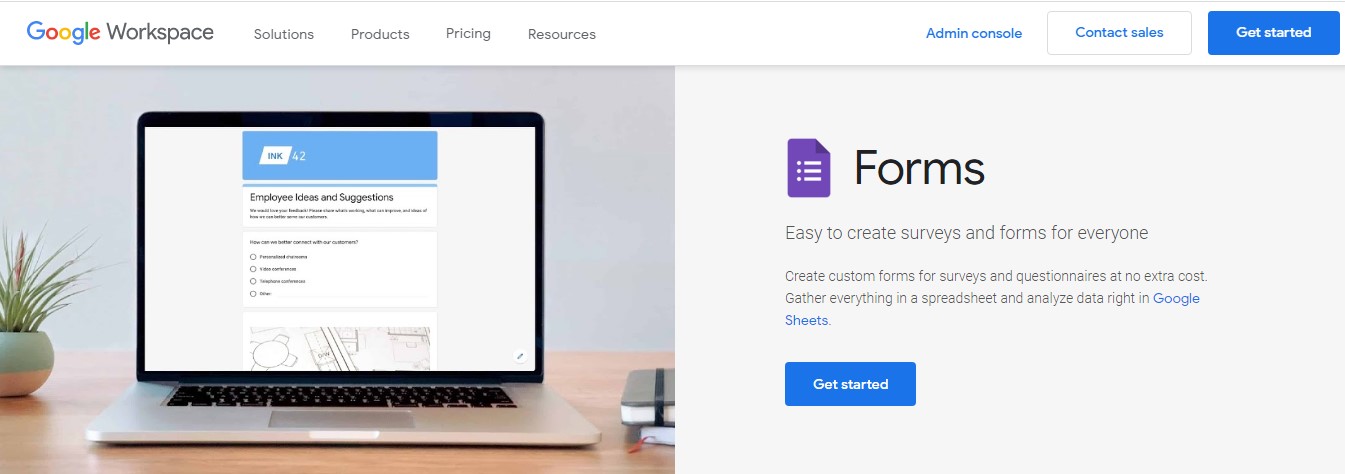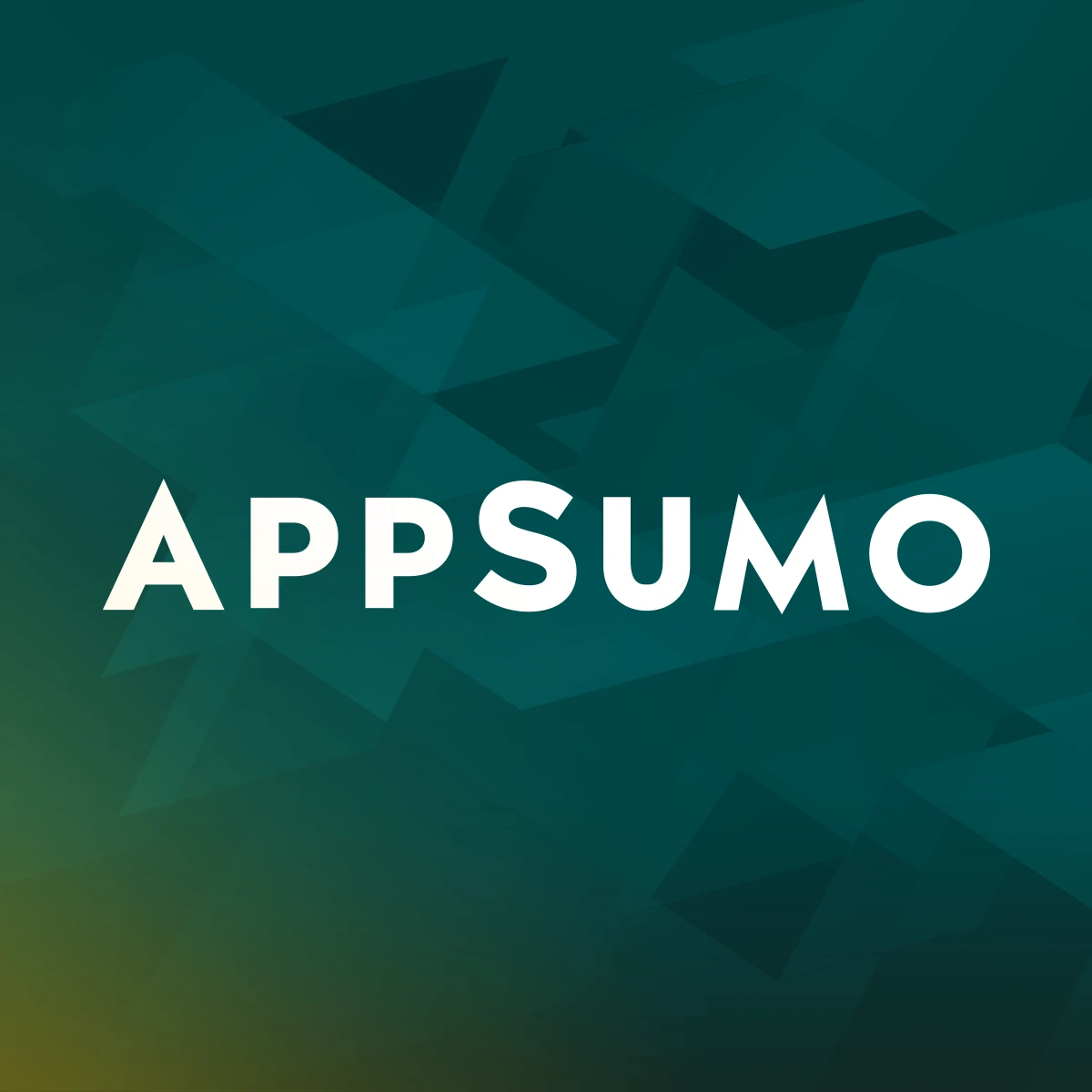I Built A LinkedIn Lead Generator Tool And Make $48K/Year [Singapore]
Hello! Who are you and what business did you start?
Hi! My name is Geet and I have been developing LinkHelp alongside my amazing team since last year!
LinkHelp is a LinkedIn lead generation and relationship-building tool. It helps automate activities like adding targeted connections, sending personalized messages, sending birthdays, work anniversaries, and new job wishes on autopilot.
Our customers are majorly entrepreneurs, small businesses, and medium scale businesses who aim to see their business scale at an extraordinary rate using the power of LinkedIn. LinkHelp is used by people across different Industry verticals and business horizontals.
We have a diverse set of users including Founders, CXOs, Sales heads, Marketing experts, HR leaders, Independent Consultants across different Industries such as Marketing & Advertising, Real Estate, Financial Services, Technology, Research & Advisory Services, Logistics, and many more.
We have customers from more than 90 countries across the globe and while we’re still very early stage our ARR is $50k

Download the report and join our email newsletter packed with business ideas and money-making opportunities, backed by real-life case studies.

Download the report and join our email newsletter packed with business ideas and money-making opportunities, backed by real-life case studies.

Download the report and join our email newsletter packed with business ideas and money-making opportunities, backed by real-life case studies.

Download the report and join our email newsletter packed with business ideas and money-making opportunities, backed by real-life case studies.

Download the report and join our email newsletter packed with business ideas and money-making opportunities, backed by real-life case studies.

Download the report and join our email newsletter packed with business ideas and money-making opportunities, backed by real-life case studies.

Download the report and join our email newsletter packed with business ideas and money-making opportunities, backed by real-life case studies.

Download the report and join our email newsletter packed with business ideas and money-making opportunities, backed by real-life case studies.



















